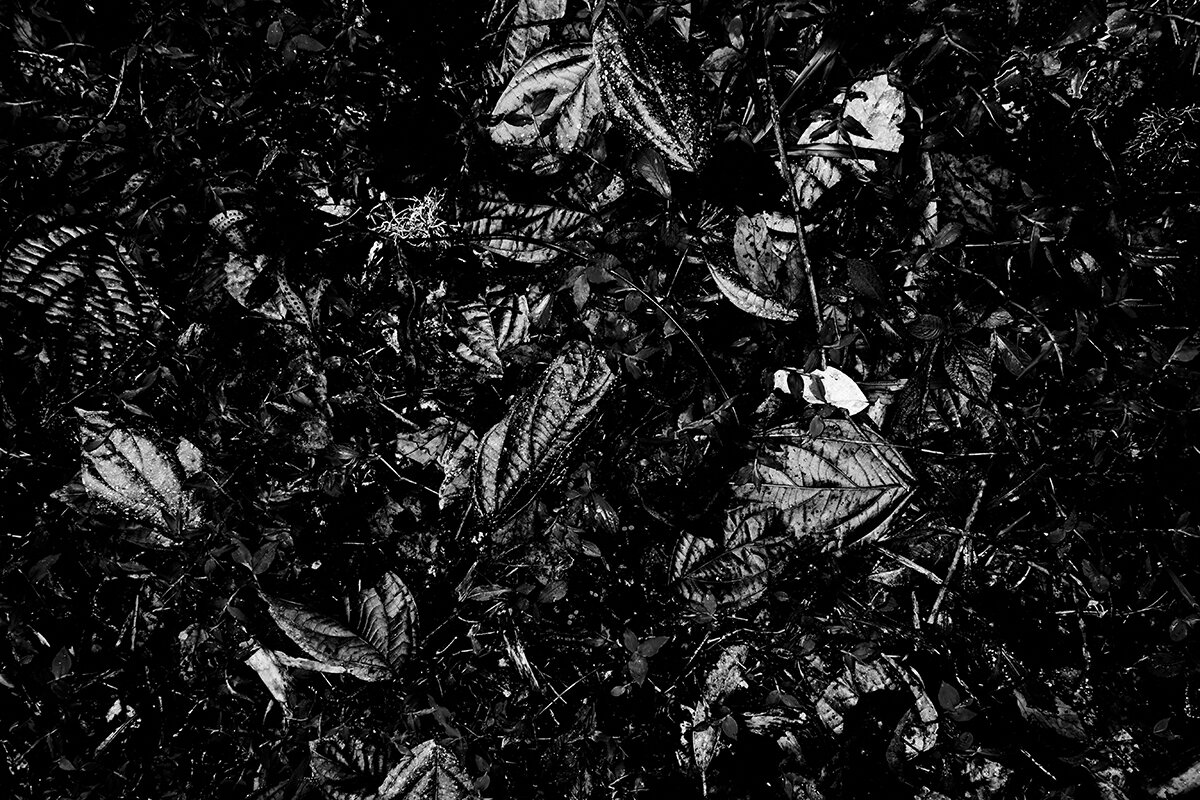
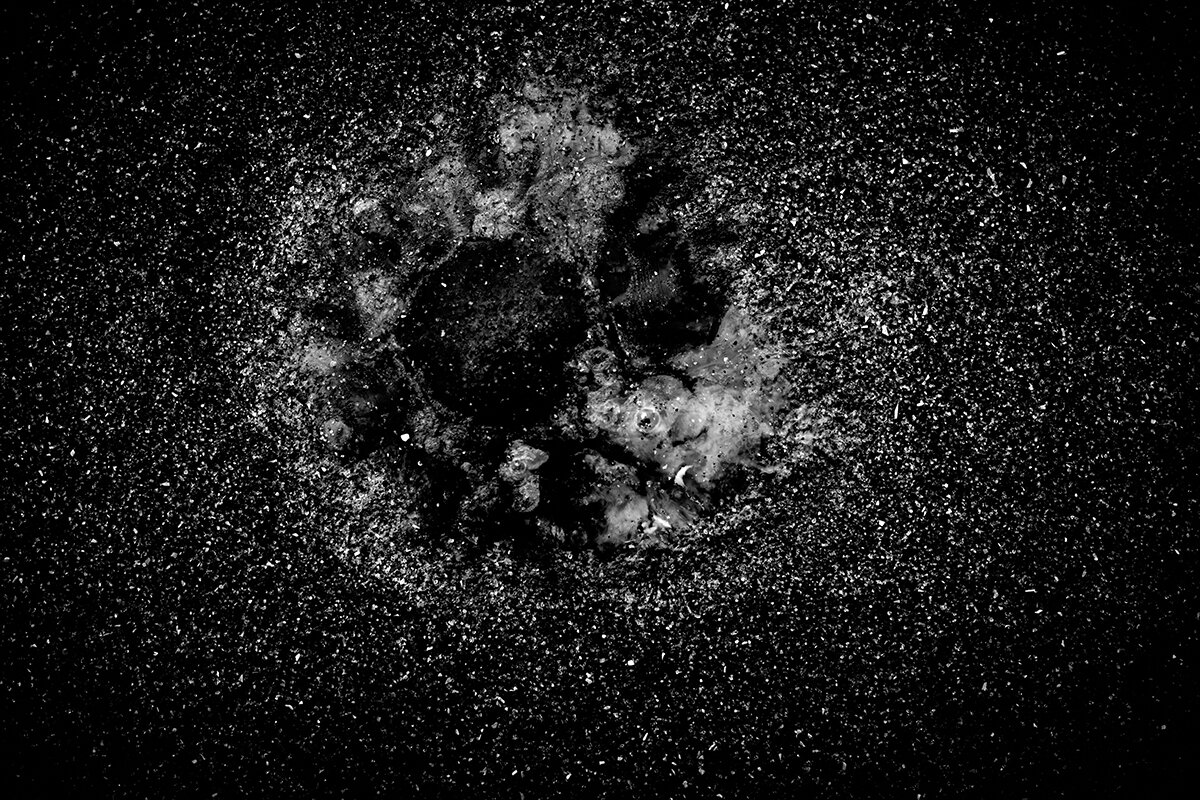
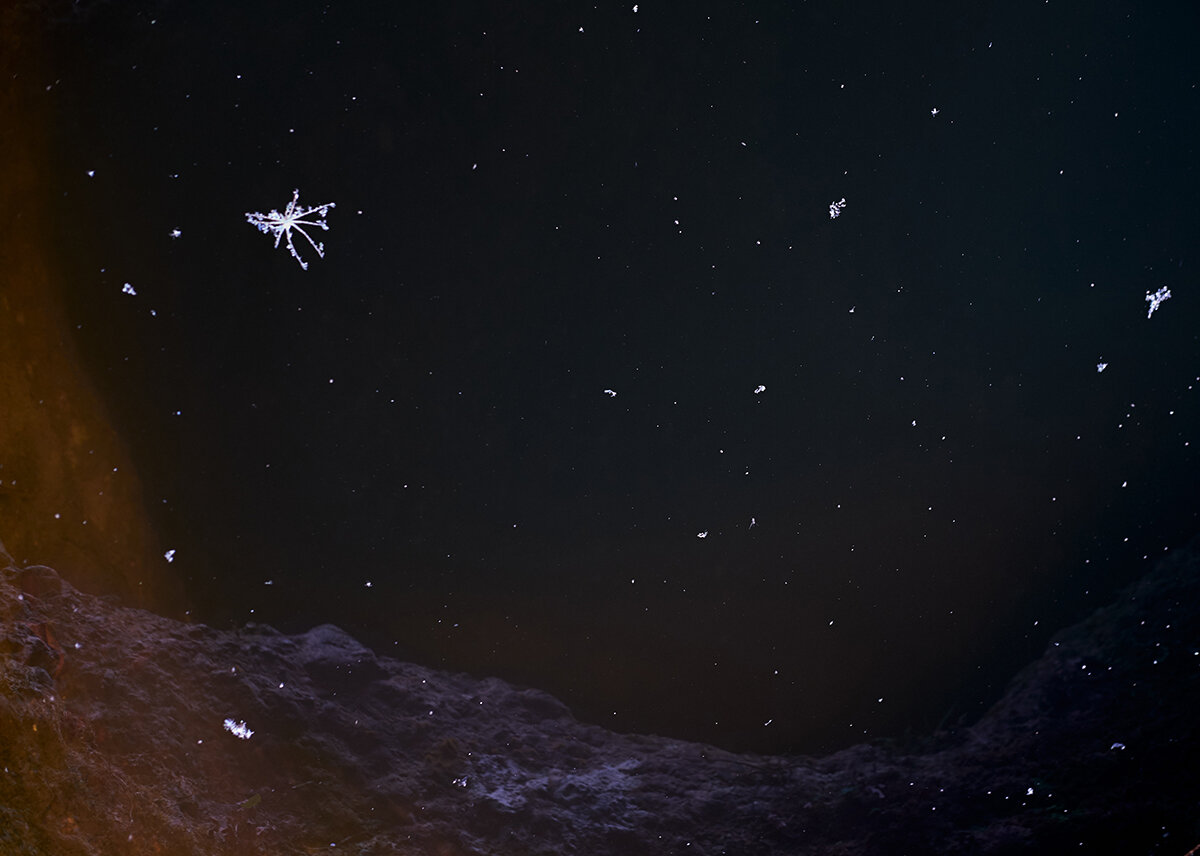
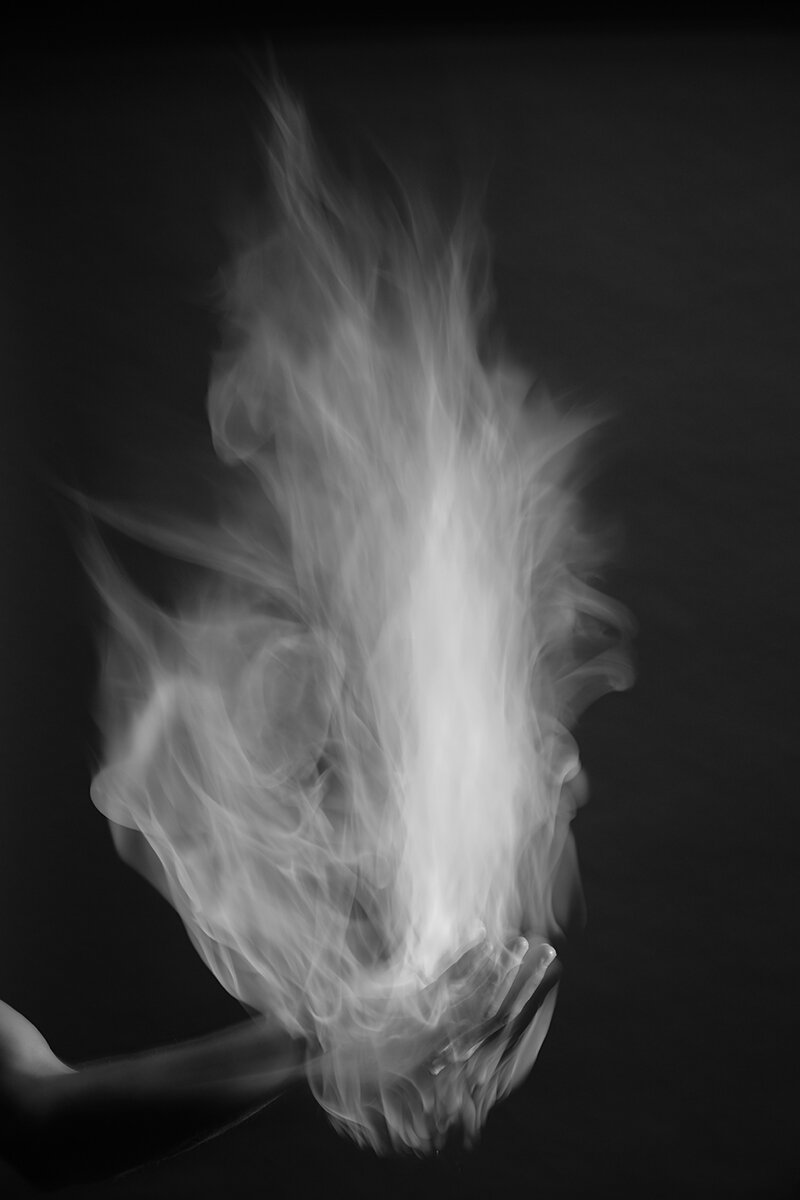
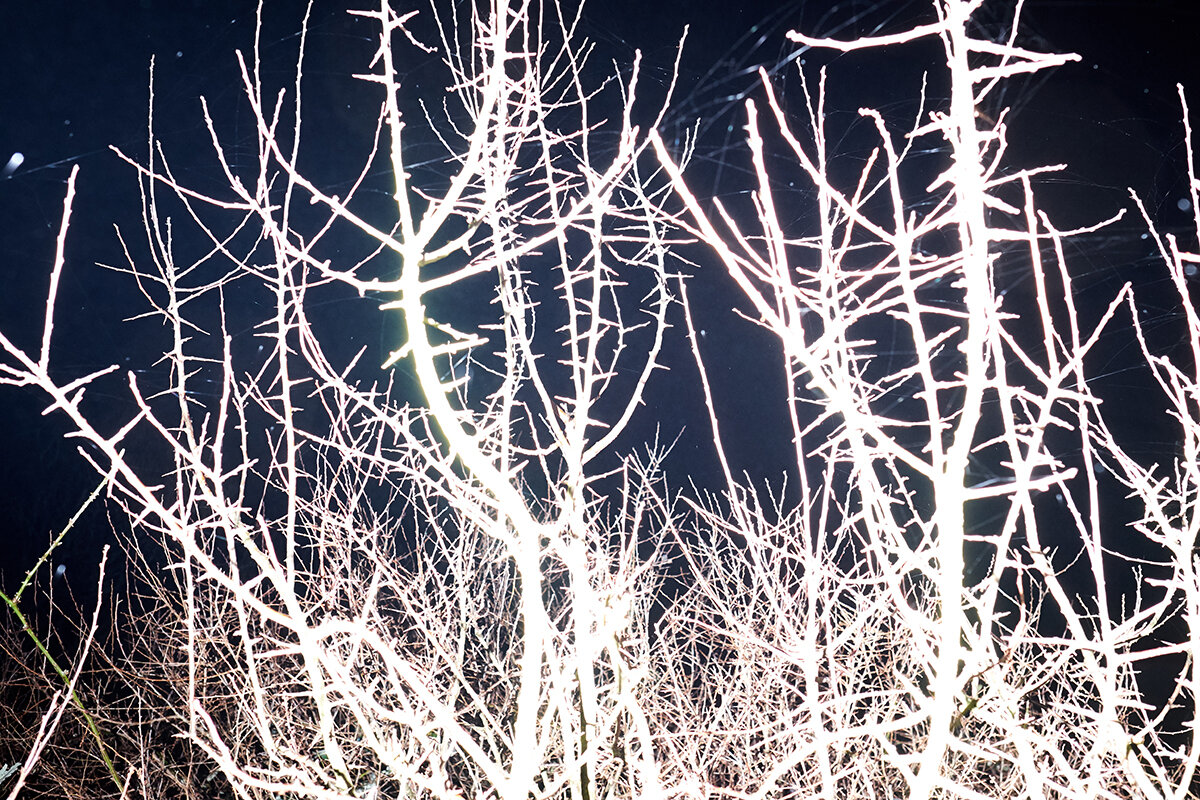
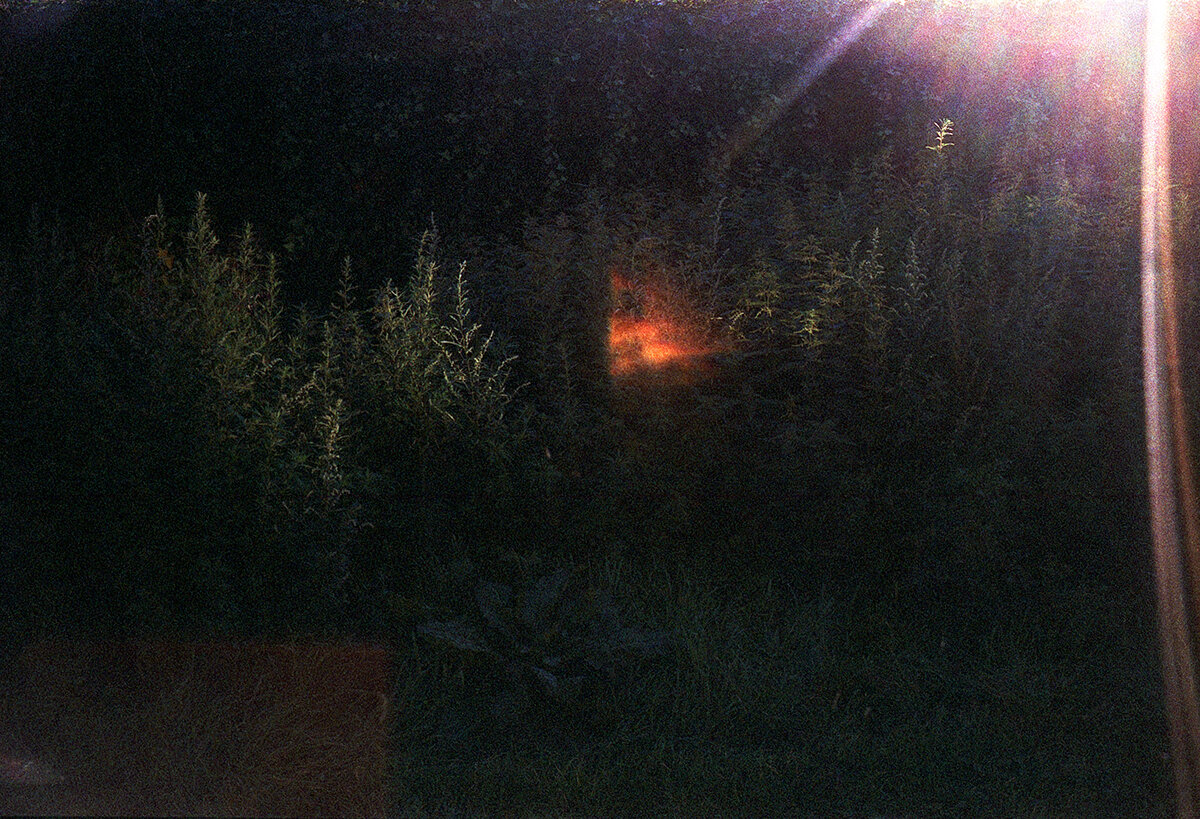
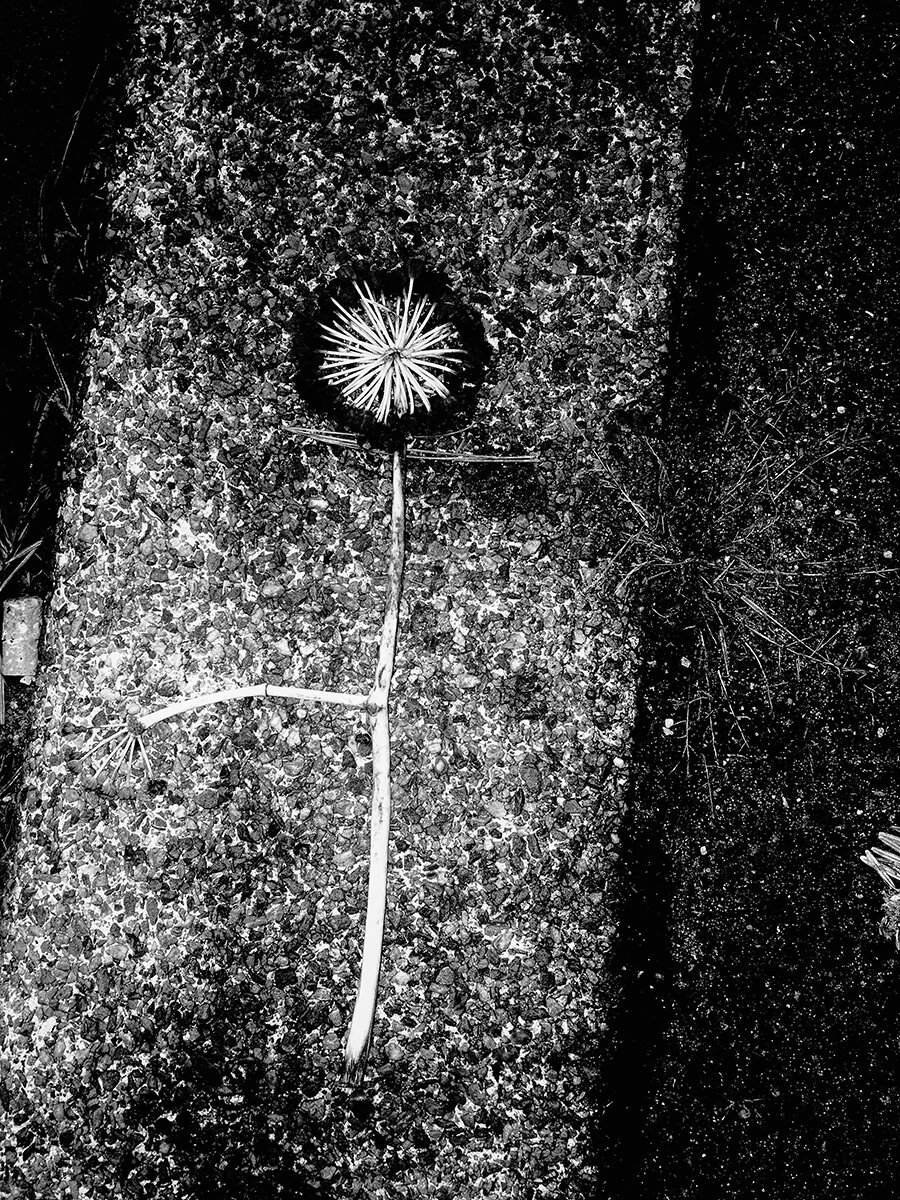
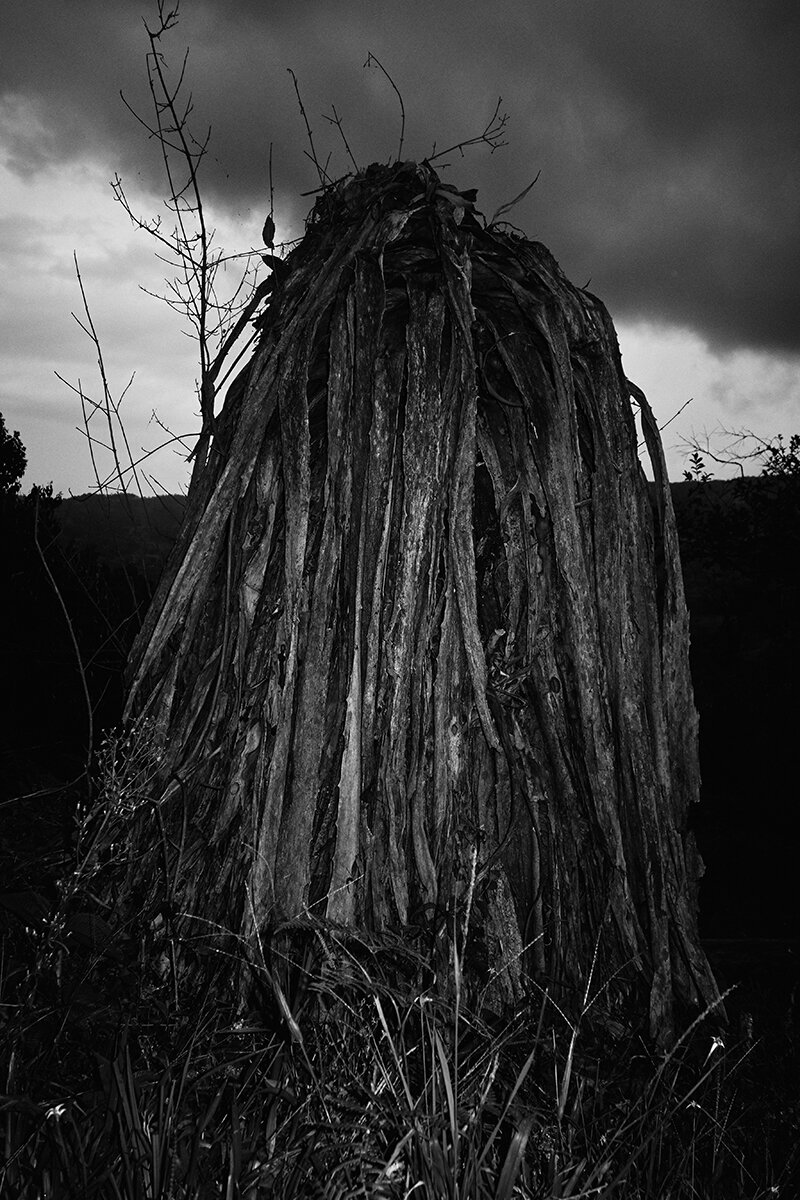



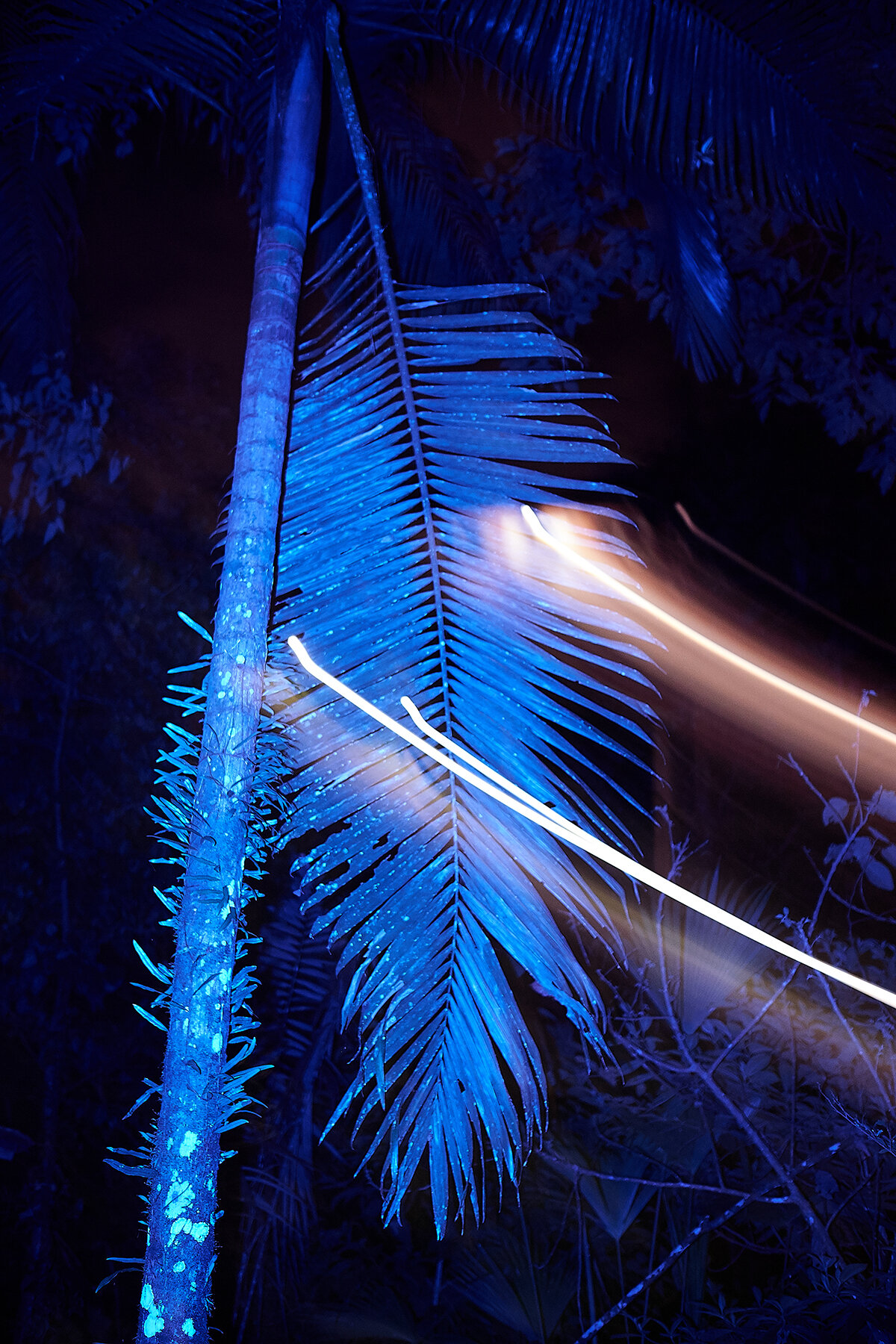


JUREMA - an interview with PARDO IANNINI
Pardo Iannini is a Colombian Italian visual artist currently residing in the Netherlands. In his latest project ‘Jurema’, Iannini travelled to the Amazonian jungle in his homeland Colombia to explore one’s position in the universe through shamanistic practices. In this interview, Iannini reveals the details of his spiritual journey and the creative process behind ‘Jurema’.
In your project ‘Jurema’ you pose existential questions about the universe and your position in it. Could you please explain what does the title refer to specifically?
Jurema means several things. It is an evergreen and its bark, used in a drink (like ayahuasca), relates to a shamanic tradition from the Tupi Indians. Additionally, Jurema is the motherly spirit of a tree that presides over a spirit’s paradise also called Jurema.
For ‘Jurema’, you returned to Colombia, your home country. How do you view the different approaches to spirituality and philosophy of life there in comparison to the Western world?
Colombia is also a western country but at the same time it is a melting pot of cultures. It has a mix of European and African influences blend with indigenous traditions. The latter is perhaps the most significant difference. Let’s say that westernised spirituality is more idealised and indigenous is more practical. To give an example: ayahuasca and similar kind of ceremonies are experienced in the West as something “new age” - with white clothing, quartzes, incense and recorded music. But during traditional ceremonies, people sit more in the dark and they are wearing their daily clothes while listening to the shaman’s chants.
‘Jurema’ presents the viewers with images that contain an abundance of natural and ritualistic elements. Is there a specific reason for including them and is that something reflective of Columbian culture in particular?
I’ve consciously stayed away from anything that could be called “Colombian”, the whole idea of a country is a production of the ego, which is contrary to the spiritual quest. For my project, I’ve included natural elements like plants and light, as I saw these elements over and over during my ceremonies. I wanted the viewer to have the same feeling - disoriented, not really knowing what they are looking at, while keeping known elements as anchors to our world.
In your series, you combine both black and white and colour photographs. Does the visual technique somehow relate to the boundaries of the real and unreal?
That is a really good question, and the answer is that for me in the project there are no boundaries between real or unreal. There are only different grades of what we perceive. Colour-wise, I have followed a ‘no boundaries philosophy’, however, I’ve used a lot of blue, as the colour has a spiritual connotation in the history of the arts, and for me personally too. Blue brings an element of what is visible but unattainable – like a blue sky.
What has this existential journey brought to you and is your search for answers finished?
My search for answers is not finished, perhaps it’s better to say that it has only expanded. ‘Jurema’ explores my experiences during the quest and how I’ve encountered new ways of seeing and perceiving the world. I am planning to keep using that new vision and have my projects intertwined with the spiritual quest. Although I am still interested in exploring ‘Jurema’ visually, I am currently doing research on Hermetics and Kabbalah. Let’s see where that takes me, both personally and photographically.
